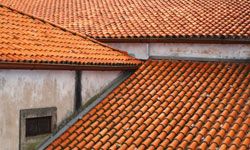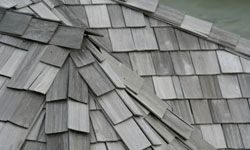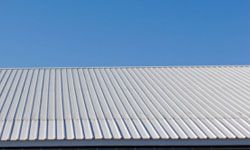When you're thinking about what goes into a green roof, the terminology can really get in the way. Technically speaking, the term "green roof" applies to a roof upon which living plants have been planted and nurtured. Think the hanging gardens of Babylon.
Oddly enough, though, this style of green roof isn't a cool roof. And to be really eco-friendly, you want your roof to be cool. So here's another way to look at it. Some of the great producers of the greenhouse effect are the roofs over our heads. The sun hits the roof, and the roof reflects light back into the atmosphere. The intensity and angle of that reflected light create the so-called "heat island" effect in cities and can erode the atmosphere. Further, if the roofing material doesn't have insulating properties, it can create a secondary environmental issue by requiring the inhabitants of the building to crank up the climate control.
Advertisement
So to be green, you have to be cool. What are some of your options when it comes to roofs? Read on to learn about 10 of them.



